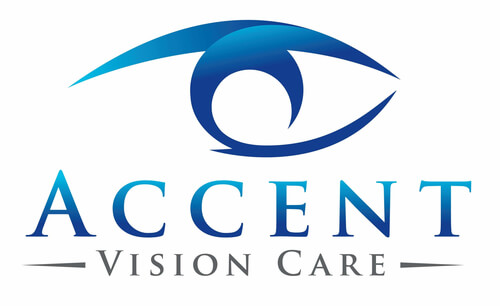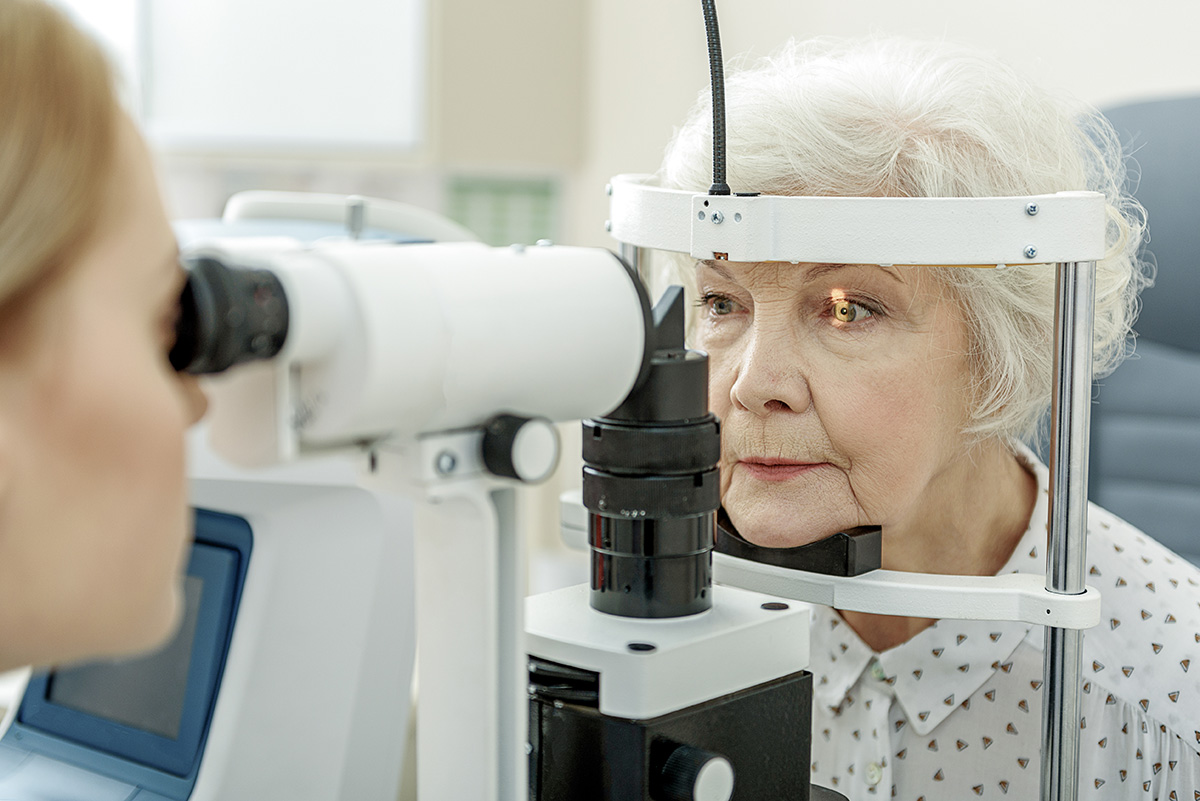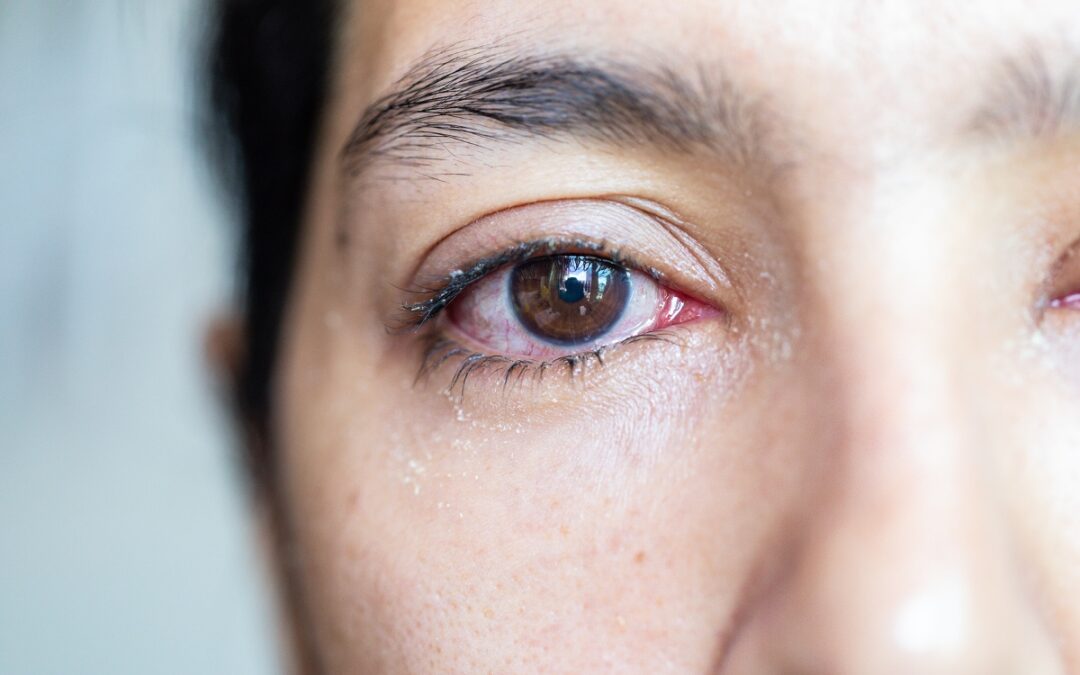Glaucoma is a group of eye diseases that can lead to vision loss and blindness if left untreated. It is important to be aware of the types, symptoms, and risk factors for glaucoma so that you can take steps to protect your vision. At Accent Vision Care in Gonzales, LA, we are dedicated to helping our patients maintain healthy eyes and vision. We’ll share what you need to know about the types, symptoms, and risk factors for glaucoma in this article.
Types of glaucoma
There are several types of glaucoma.
Primary open-angle glaucoma
This is the most common type of glaucoma, accounting for about 90% of all cases. It occurs when the drainage channels in the eye become blocked, causing an increase in eye pressure. This type of glaucoma often has no symptoms in the early stages, which is why it is important to get regular eye exams to detect it early.
Angle-closure glaucoma
This type of glaucoma occurs when the angle between the iris and cornea is narrow, causing the drainage channels to become blocked and leading to an increase in eye pressure.
This type of glaucoma can be acute (sudden onset) or chronic (develops gradually). Symptoms of angle-closure glaucoma may include severe eye pain, redness, nausea, and vomiting.
Normal-tension glaucoma
This type of glaucoma occurs when the eye pressure is within a normal range, but there is still damage to the optic nerve. It is not clear why this occurs, but it may be due to reduced blood flow to the optic nerve.
Secondary glaucoma
This type of glaucoma occurs because of another condition or factor, such as inflammation, eye injury, or certain medications.
Congenital glaucoma
This type of glaucoma is present at birth and is caused by abnormal development of the drainage channels in the eye.
Symptoms of glaucoma
The early stages of glaucoma often have no symptoms. This is why it is so important to get regular eye exams, as glaucoma can be detected during a comprehensive eye exam. However, as the condition progresses, some individuals may experience symptoms such as:
- Blurred vision
- Loss of peripheral (side) vision
- Seeing halos around lights
- Eye pain or discomfort
- Nausea or vomiting
If you experience any of these symptoms, it is important to contact an eye care professional as soon as possible.
Risk factors for glaucoma
There are several risk factors for glaucoma, including:
Age
Glaucoma is more common in people over the age of 60.
Family history
If you have a family member with glaucoma, you may be at a higher risk of developing the condition.
Ethnicity
African Americans, Hispanic Americans, and Asian Americans are at a higher risk for glaucoma.
High eye pressure
People with higher eye pressure are at a higher risk for developing glaucoma.
Previous eye injury or surgery
A history of eye injury or surgery can increase the risk of developing glaucoma.
Thin corneas
A thin cornea, the clear outer layer of the eye, may increase the risk of developing glaucoma.
Chronic health conditions
Certain chronic health conditions such as diabetes, high blood pressure, and cardiovascular disease may increase the risk of glaucoma.
It is important to note that not everyone with these risk factors will develop glaucoma. However, it is important for individuals who are at a higher risk to be extra vigilant about getting regular eye exams and taking steps to protect their vision.
At Accent Vision Care, our team of experienced optometrists is here to help you maintain healthy eyes and vision. If you have any questions or concerns about glaucoma or your eye health, we encourage you to schedule an appointment with us.





